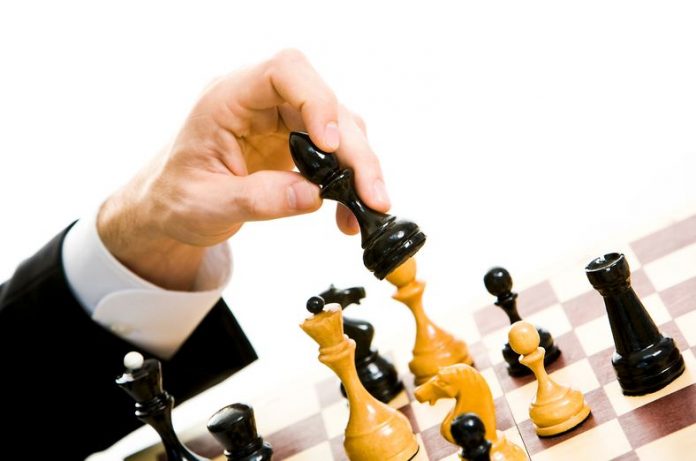When playing chess, one should properly develop the minor and major pieces into a cohesive unit. The minor pieces are the knights and bishops while the major pieces are the rooks and queen.
An underdeveloped or a misplaced minor and major piece can lead to a bad position which can be undermined by the opponent.
The following guidelines will help on how to develop properly the minor and major pieces.
The knights should be placed on the squares f3 and c3 if one is playing the white pieces or on the squares f6 and c6 with the black pieces. This ensures that both knights control the central squares e4, e5, d4, and d5.
Do not place the knights on a3 and h3 if playing white or on a6 and h6 with black. The knights are misplaced since they do not control the central squares of the board.
When trying to attack or defend, a misplaced knight will take another two or three moves to join the action. A two or three move differential in chess can make or break the game.
If possible, move the bishops on the squares f4 and c4 if white or on f5 and c5 if black. Again we are trying to control the central squares on e4, e5, d4, and d5 which will become very important in the coming middle game.
Try to castle your king early. The king is safer when it is castled and it will not obstruct the movements of the other pieces. It is preferable to castle the king on the kingside rather than on the queenside.
On the kingside, the king is situated near the corner of the board which will make it hard to attack the king directly.
Initially place the queen on the square d2 or e2 if white or on the squares d7 or e7 if black. This serves to make room for the rooks to move along the a1 to h1 rank if white or on the a8 to h8 rank if black. On these squares, the queen will aid the pawns on either the e-file or d-file to press on for an attack.
Now that the back ranks are cleared (a1 to h1 or a8 to h8), place the rooks on the squares e1 and d1 if white or on e8 and d8 if black. In these squares, the rooks are centralized and are ready to support the pawns on the e-file and d-file to move forward for an attack.
The key theme to all this is “centralization”. The pieces are placed on the squares in which they effectively control the central squares of the board.
With the minor and major pieces being centralized, it is much effective to conduct an attack on the opponent since the pieces are acting as one cohesive unit.

